Do you think you eat 30 plants a week? Yes, 30 different plants in a single week. That’s the current recommendation for a healthy gut microbiome and who doesn’t want that? If you're always trying to eat healthier, print the plant list and take the challenge.
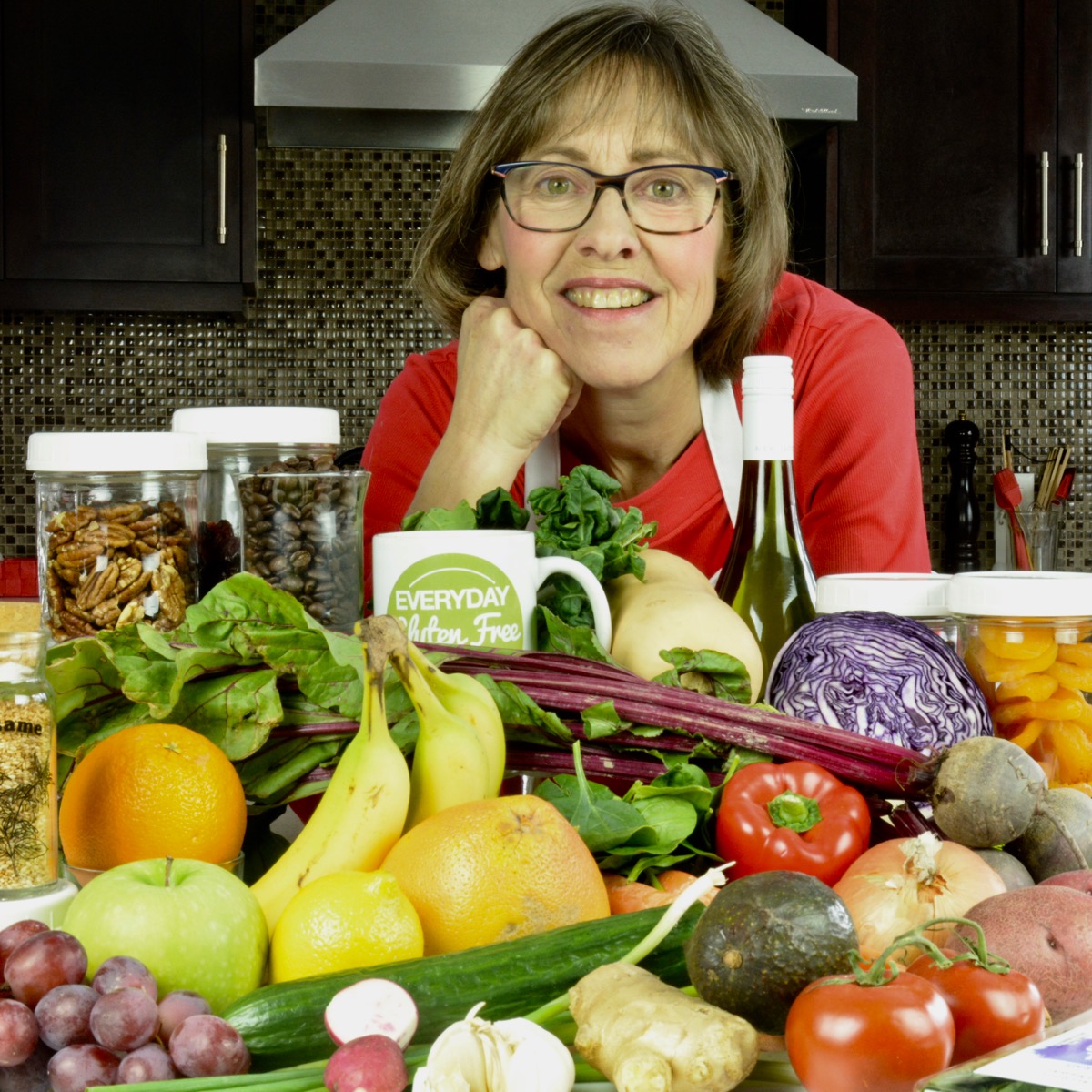
This is not a health blog and this is not medical advice. This is a challenge for you to see if you can make a few changes to the way you eat, and eat 30 different plants in a week.
Jump to:
🥑 Why 30 Plants a Week
It has been proven that eating a wide variety of plants is necessary to create a healthy gut. This podcast interview, Ep 246 Mairlyn Smith Talks Fibre and Gluten Free, on A Canadian Celiac Podcast is what got me curious. How many different plants was I eating in a week?
Mairlyn Smith is a Canadian personality. She’s a comedian, actress and Home Economist who loves to talk about fibre and gut health with a lot of humour. Fibre comes from plants and Mairlyn is the Queen of Fibre. It’s a must listen episode!
Fibre is an important topic for everyone on a gluten free diet. That inspired me to share what I learned with you. To make it fun I’m challenging you to try and eat 30 plants a week.
This challenge is for the whole family and the gluten eaters have no advantage over the gluten free crowd. A little family rivalry will add to the fun.
📝 Getting Started: A Gluten Free Food Challenge
These are my tips for tracking. Figure out what will work for you and do that.
- Print the plant list and put it in or near the kitchen where you’ll see it. Mine is right beside a house plant (how appropriate) that lives on the kitchen counter.
- Decide how you’ll track what you eat. We make dots with different coloured markers on a single page. The markers are in a liqueur glass that sits on the page.
- Choose what day you’ll start your week. I start on Sunday and use the week of the year number from my Google calendar. I use that system for work so it made sense to me.
Practical Tips for Eating 30 Plants a Week
The goal is to get to 30 plants and keep eating a wide variety of foods. My Plant List includes 134 plants divided into seven categories. The number listed behind the category is the number of plants on the list.
🍅 Vegetables (43)
- I organized the page alphabetically, so we weren’t constantly scanning long lists.
- I renamed a few items because when I ate green beans I was not looking under S for string beans.
- We decided to focus on variety and keep the list to a single page. I added spaces to add all the plants that didn’t make the list.
- We counted every single plant we ate including olive oil, garlic and ginger. We knew tiny amounts weren’t significant, but at first we wanted to hit 30.
- On Sunday I was excited to check off so many foods. There was olives (for the oil), onions, garlic, and the usual carrot, cucumber, celery, lettuce, peppers and tomato. If I had pancakes that morning I also would check off a few grains and fruits. It was a bit of a let down the next few days to eat different meals and see there was only one or two new plants.
- My best meals were the Buddha Bowl (15 plants) or the Middle Eastern Falafel Bowl (17-20 plants).

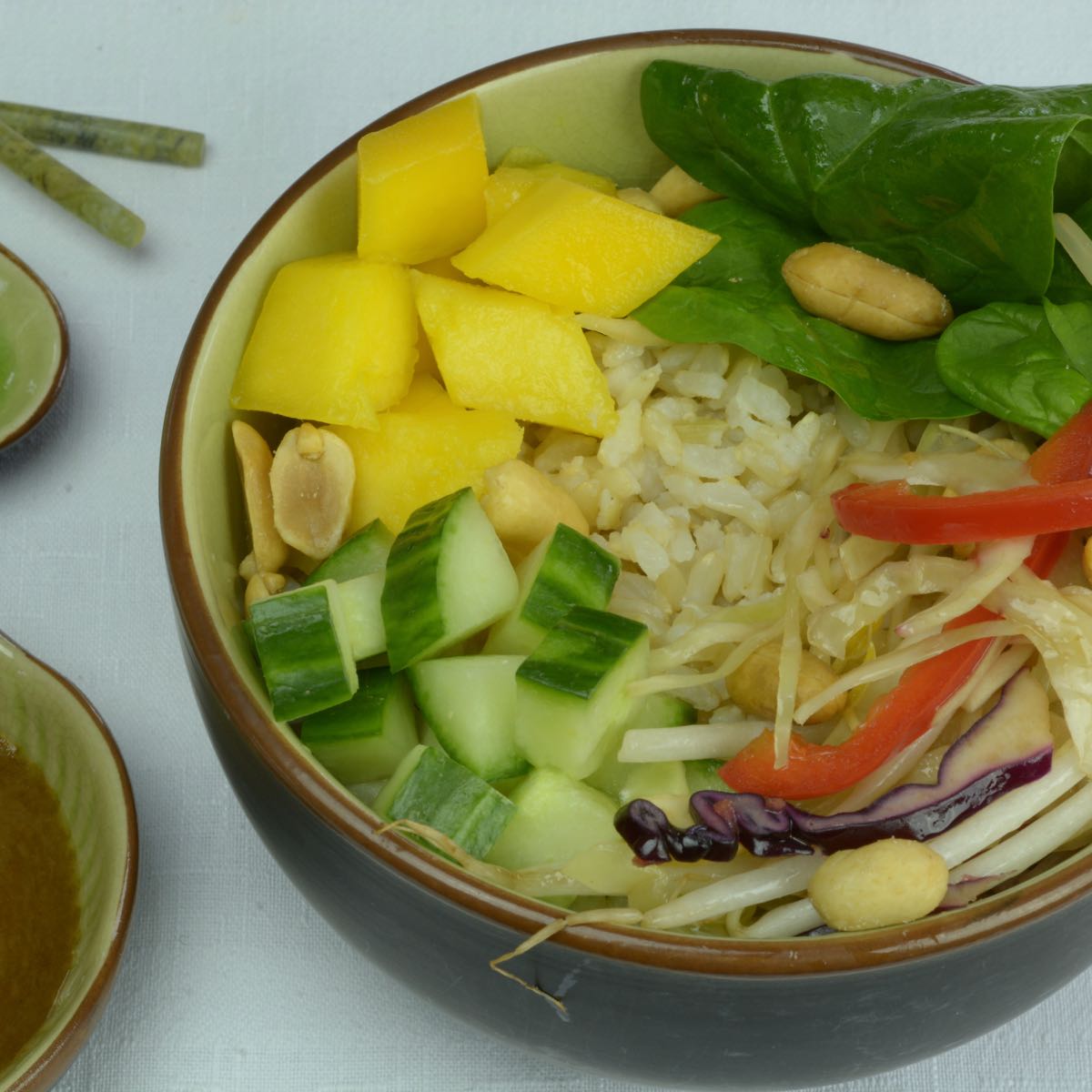
🍏 Fruit (34)
- We found the challenge to be more fun by counting every teaspoon of lemon or lime juice and grapes (often in the form of wine).
- We immediately started choosing two fruits for breakfast instead of one, then picking a different fruit for lunch just to boost the weekly count.
- Keeping frozen fruit on hand increases your options.
- I love fruit straight up but my best dish was this Fruited Rice Pilaf with Pine Nuts that uses canned fruit cocktail (usually 5 fruits). Including the oil and the spices this recipe comes in at 13 plants.
- My green smoothie bowl could easily make it to 10 plants. My homemade granola is 8 plants so if I sprinkled it on my smoothie it was 15+.
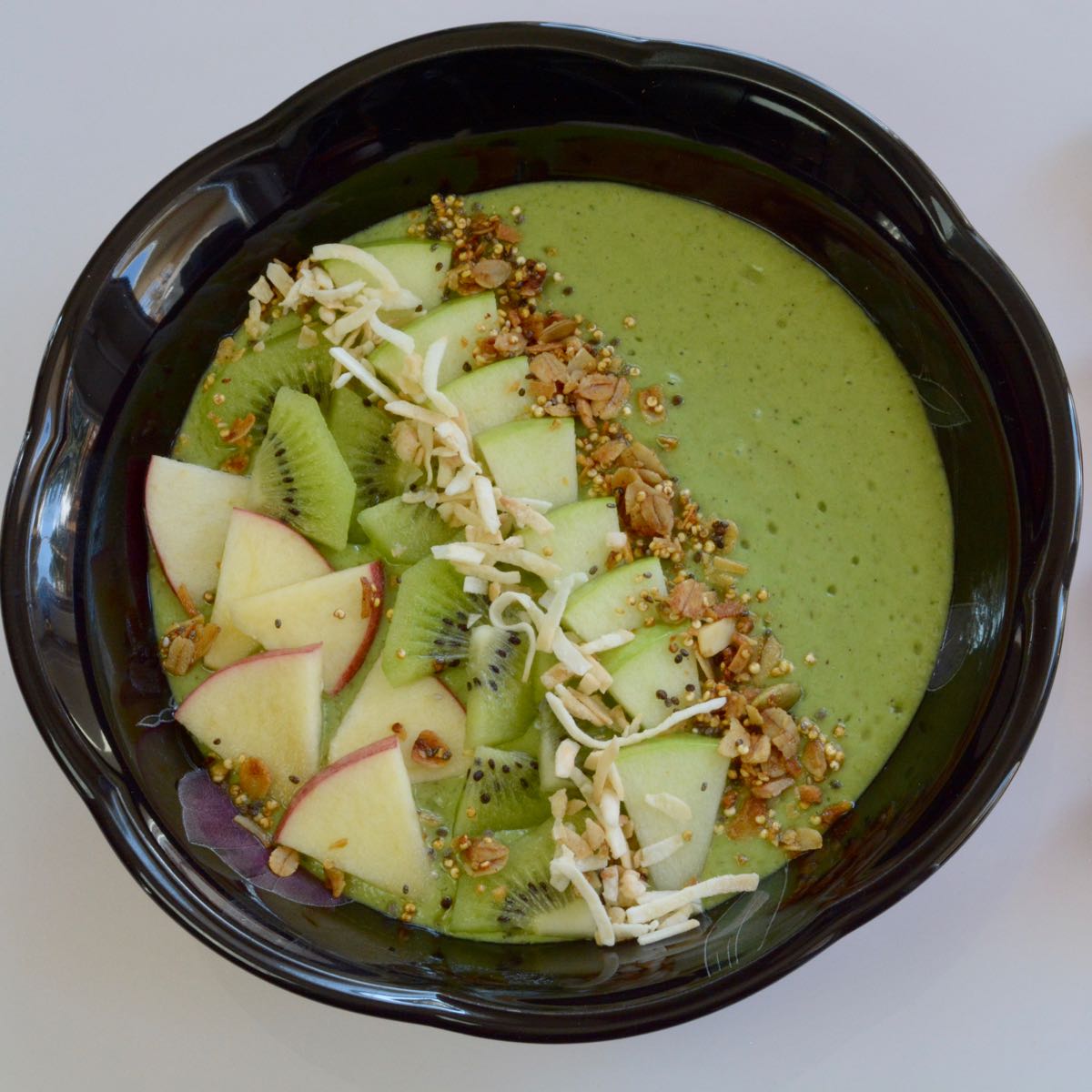
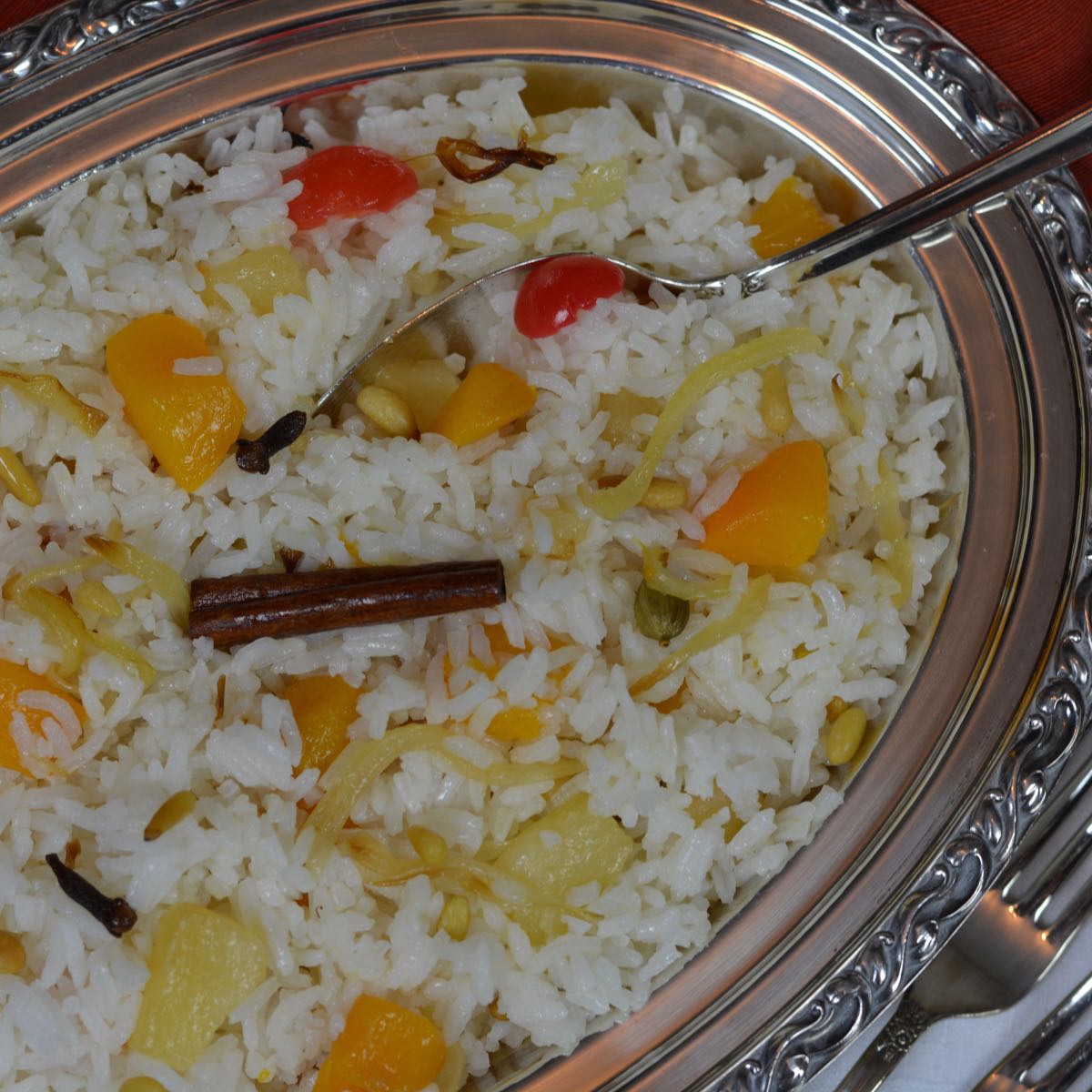
🫘 Legumes: Beans, Lentils & Peas (16)
- This was our most difficult category. I have recipes like split pea dal and lentil soup but I don't have enough I repeat regularly. This category is a work in progress for me.
- My best hack was this Easy Bean Salad. I altered the recipe to include a can of six bean medley. By choosing either kidney beans or chickpeas for the second can that made this recipe come in at 10 plants.
- I found it slightly disappointing to make a healthy edamame bean snack and not get a checkmark because I already had soy sauce in something else.
- Same with roasted chickpeas, they were already counted in my bean salad or hummus.
- We also bought canned lentils and found a new favourite salad, Curried Lentil Salad from Andy’s East Coast Kitchen. This was 11 plants if I used both cilantro and mint. (I only use mint when it’s growing in my garden.)
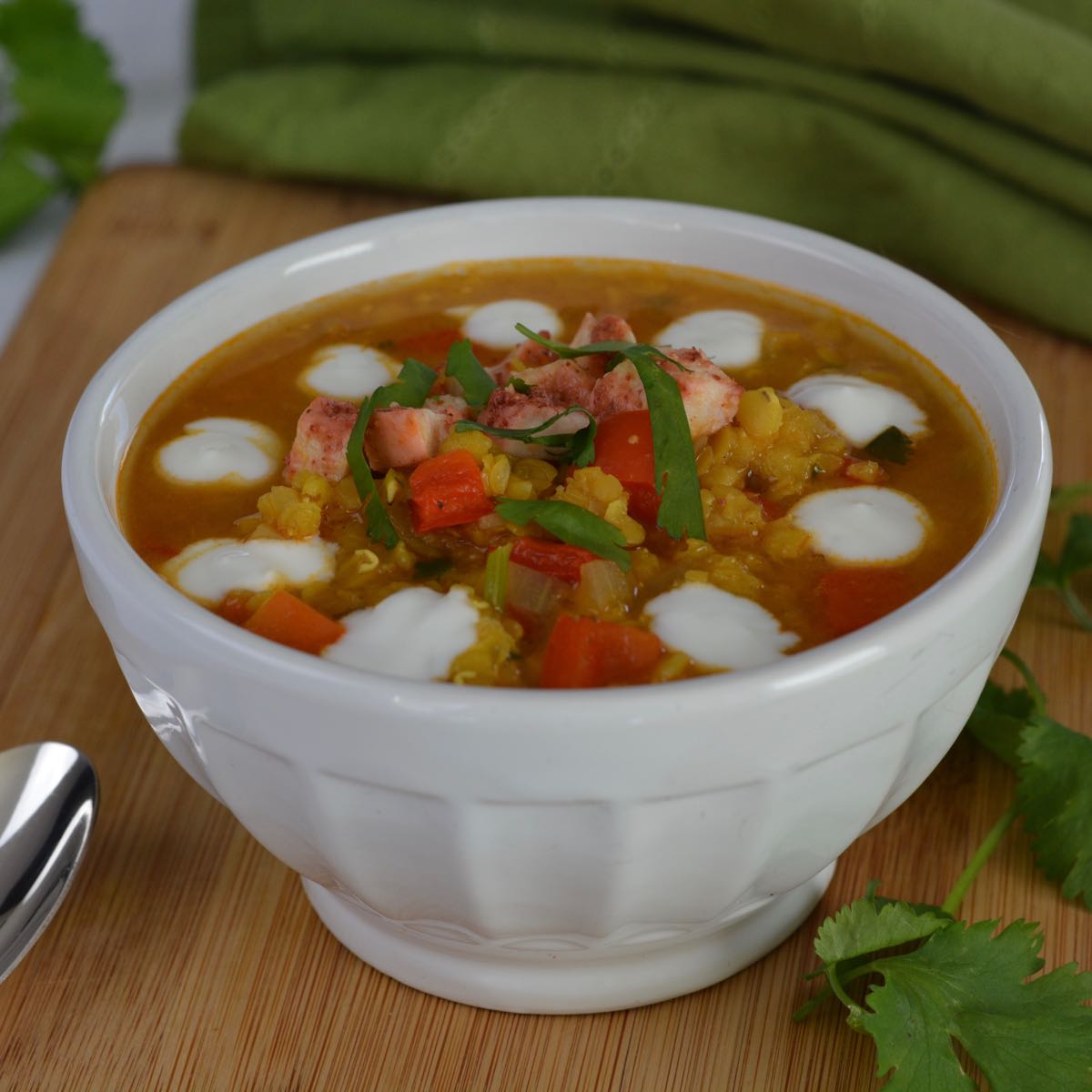
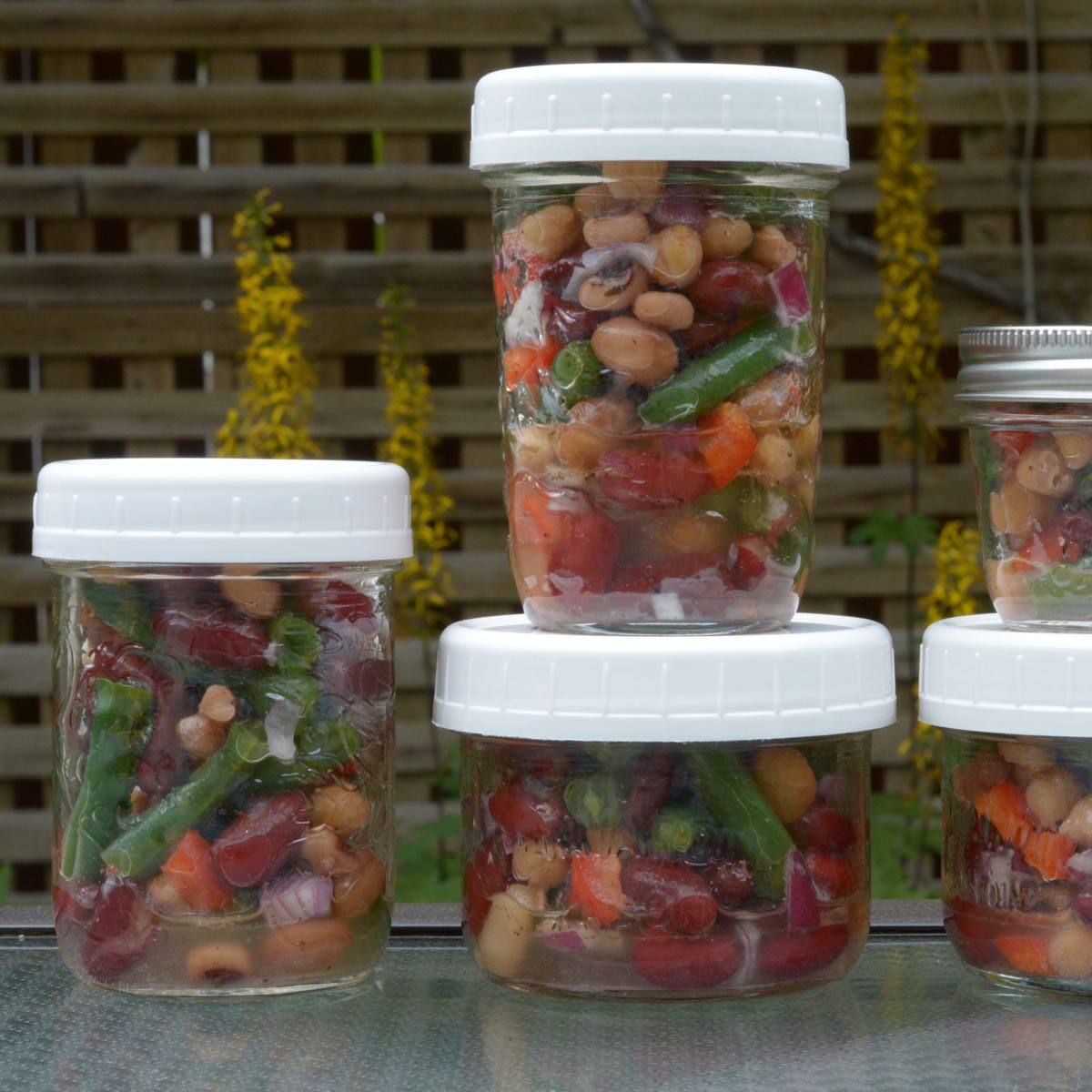
🥜 Nuts (11)
- I kept nuts and seeds as separate categories to remind me to choose from both.
- I made granola bars the way I always do; two separate recipes at the same time varying the fruit, nuts and seeds. The recipe has 4 grains but the fruits, nuts and seeds (6 total) were different in each batch.
- I couldn't help myself do this hack. I cut the granola bars into small pieces and always had one of each when I grabbed them out of the freezer. Just so I could check off 16 plants!
- Another snack I like is almonds (for my bone health). I got more organized and made a few small containers for the week with more variety. I included almonds and peanuts plus dried fruit. I usually default to cranberries and raisins (darn, already had wine this week!). I started to switch it up using dried apricots, cashews and pecans if I had them.
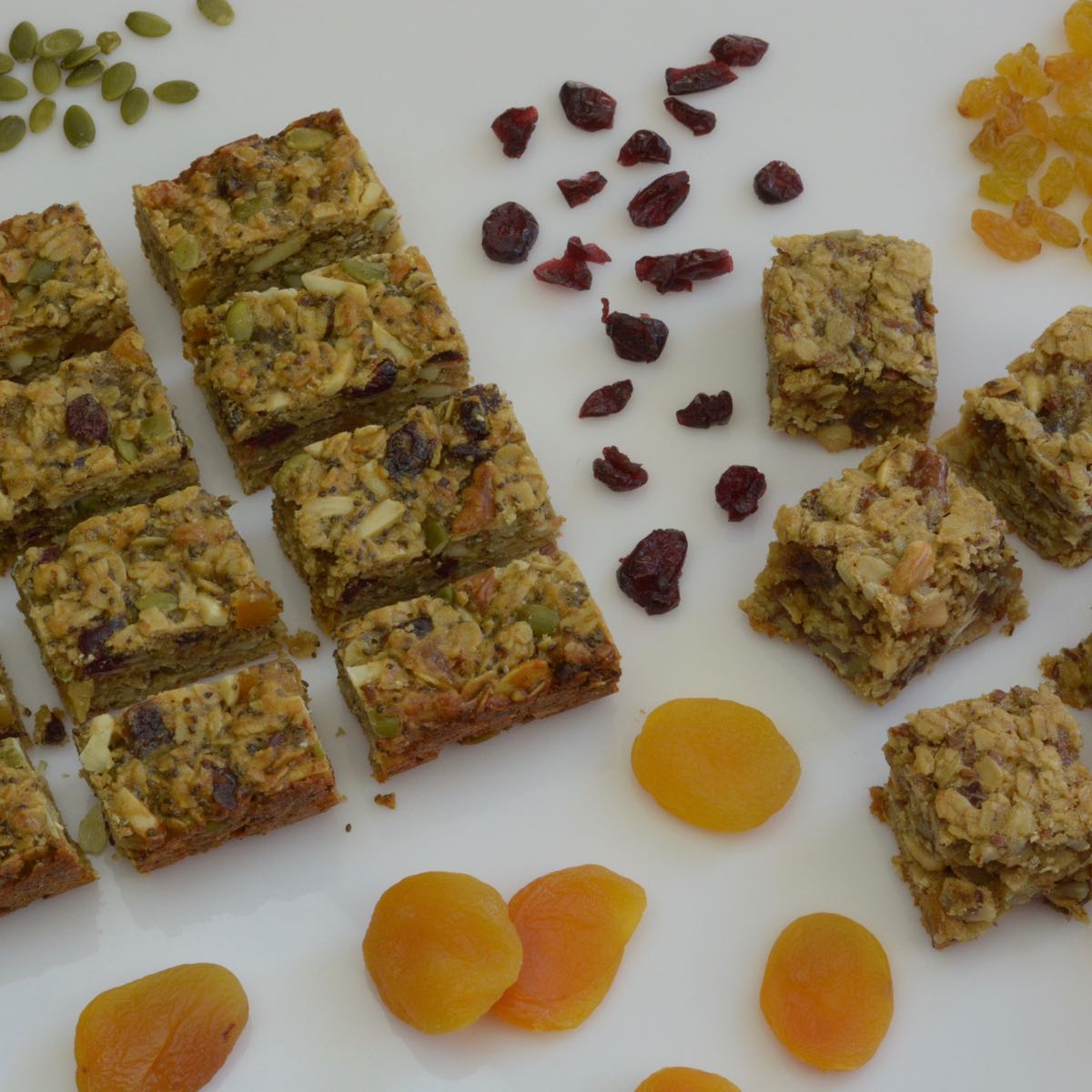
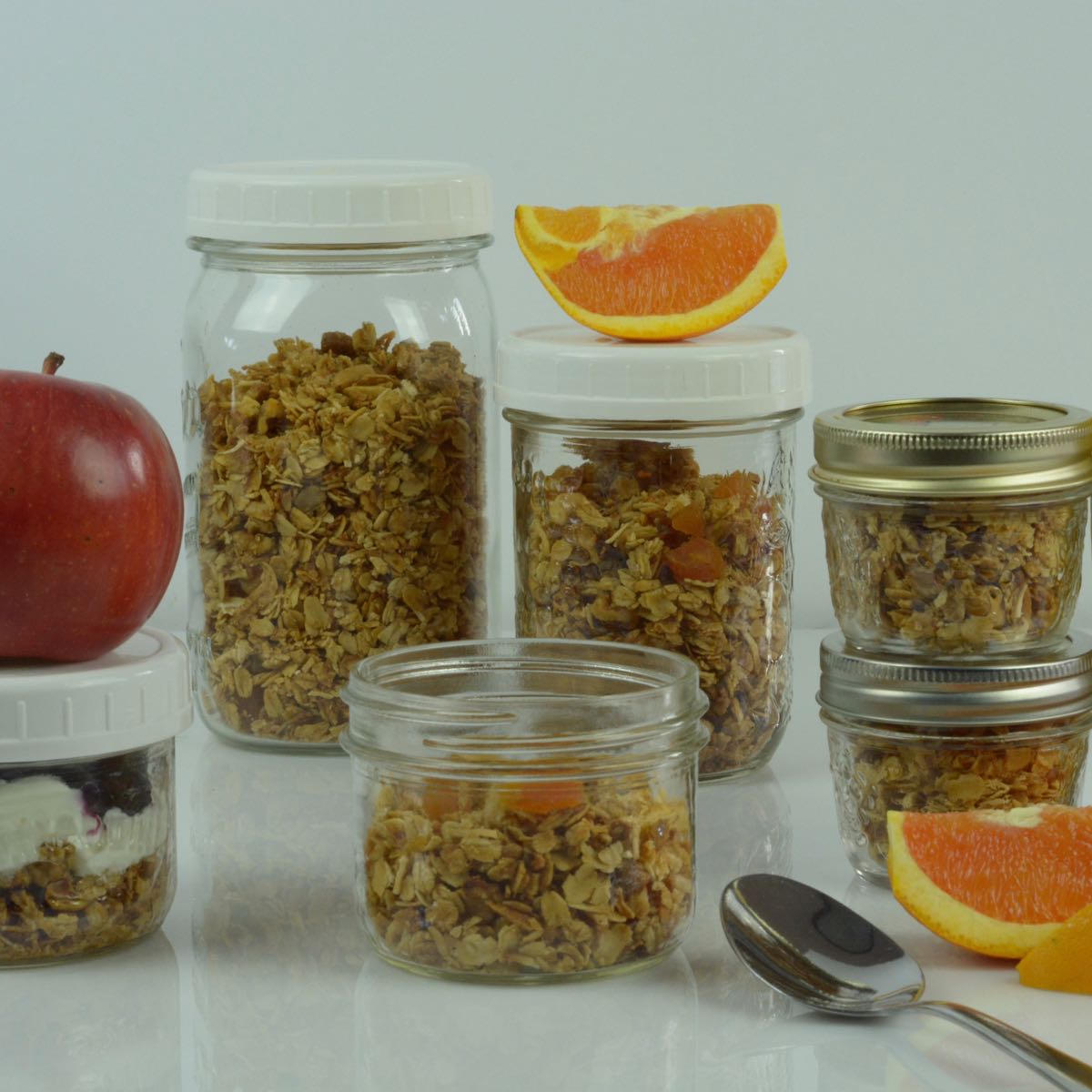
🌻 Seeds (6)
- Chia pudding is an easy breakfast for me and now I throw in a few hemp seeds too. I bought them for those gorgeous smoothie bowls.
- Tahini is sesame so I got that in my hummus as well as the tahini dressing to go with my falafel balls. I also sprinkle sesame on my everyday Vegetable Stir Fry.
- I also added a pumpkin or sunflower seeds into the streusel topping for my muffins; Rhubarb Streusel Muffins and Cranberry Orange Muffins.
- Poppy seeds seem old fashioned and aren’t even on the list but I have one salad dressing with them and they still count.
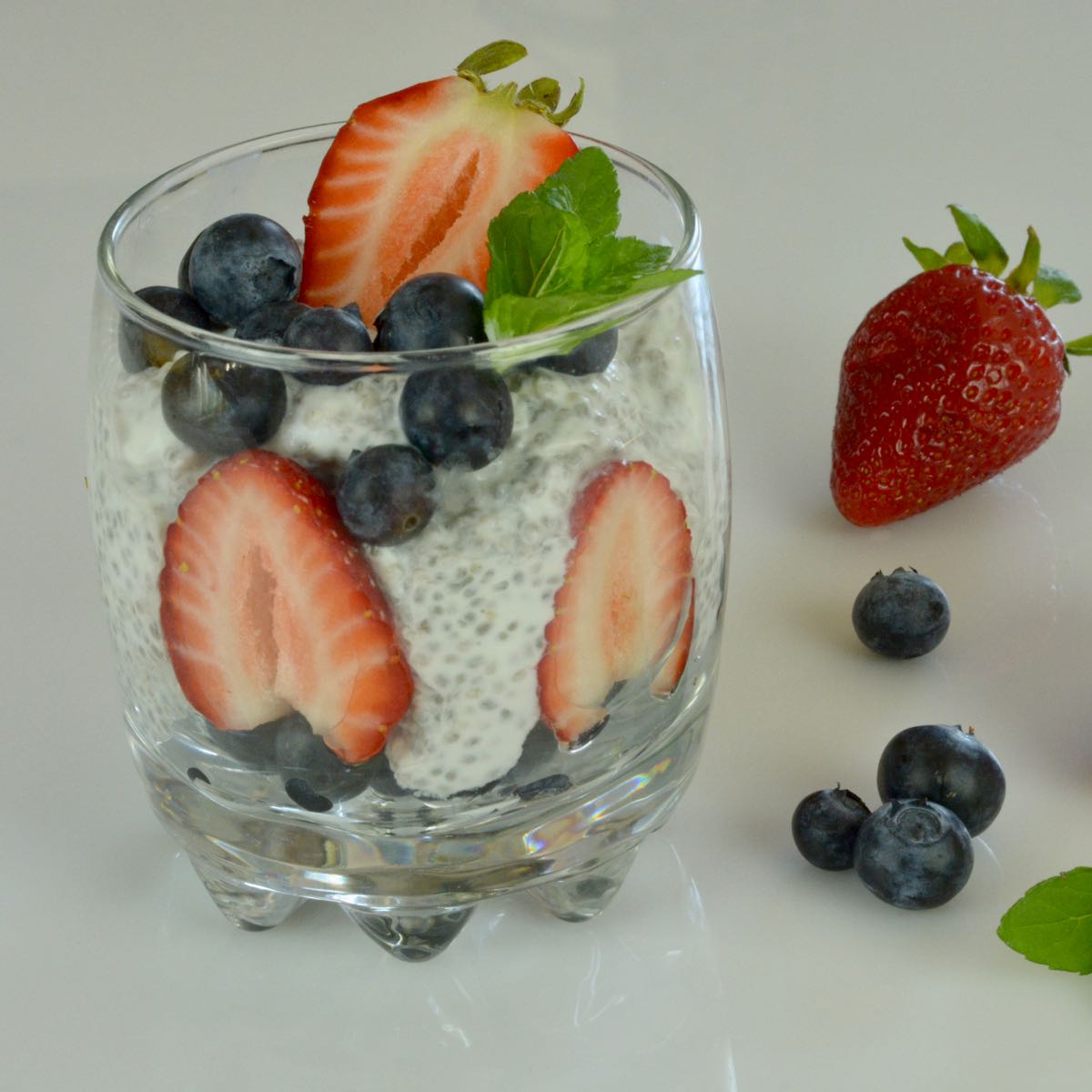
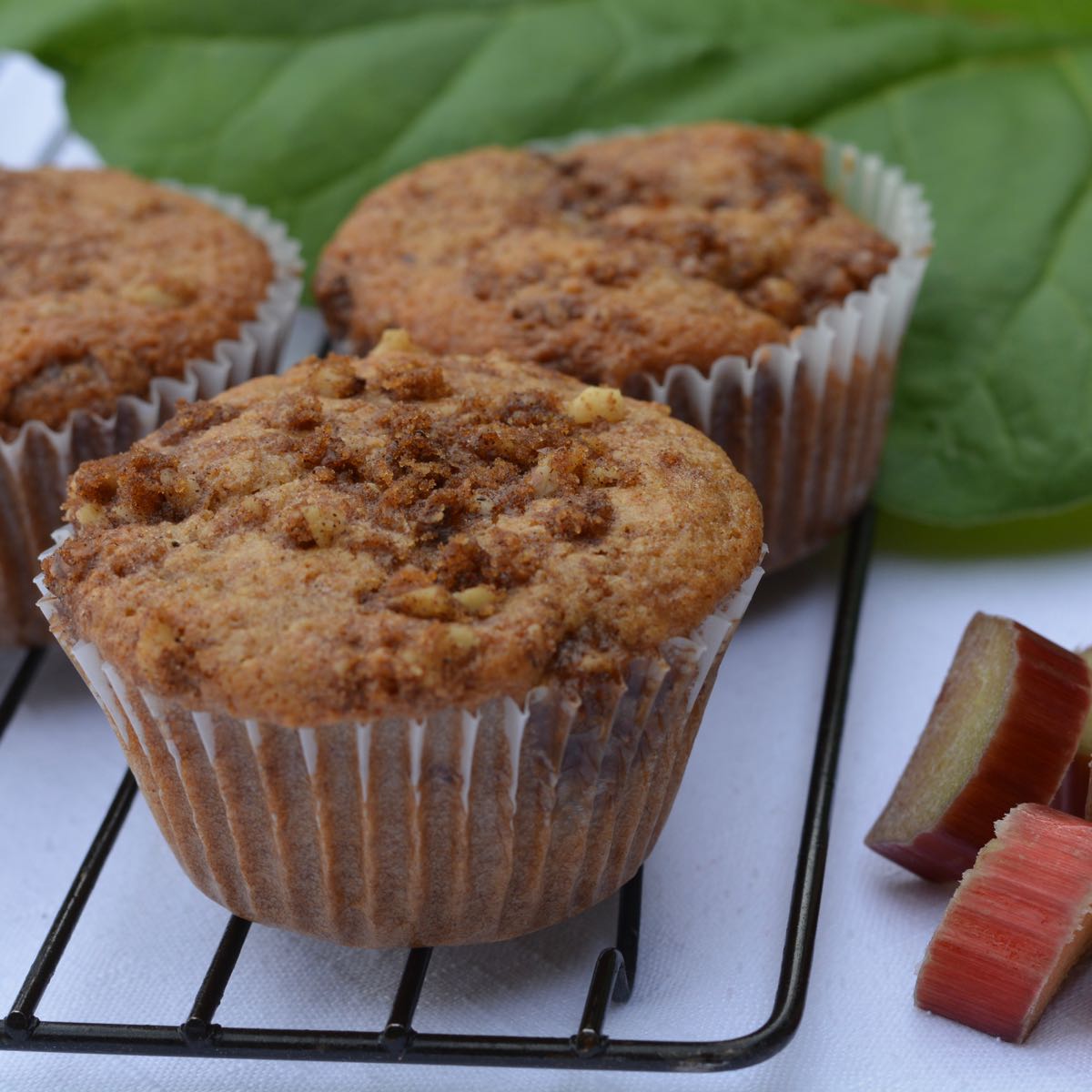
🌱 Herbs & Spices (11)
- Fresh and dried herbs, as well as spices, all contribute to a diverse diet. If you cooked chicken, rice, and broccoli every night and just switched up the spices, I’d say you missed the point.
- We counted the ones we ate when we remembered but we never focused on this group since the amounts consumed are small. Some weeks they helped us get up to 40 plants.
- I added edible flowers because I was eating them out of my garden, they’re plants and I grew them.
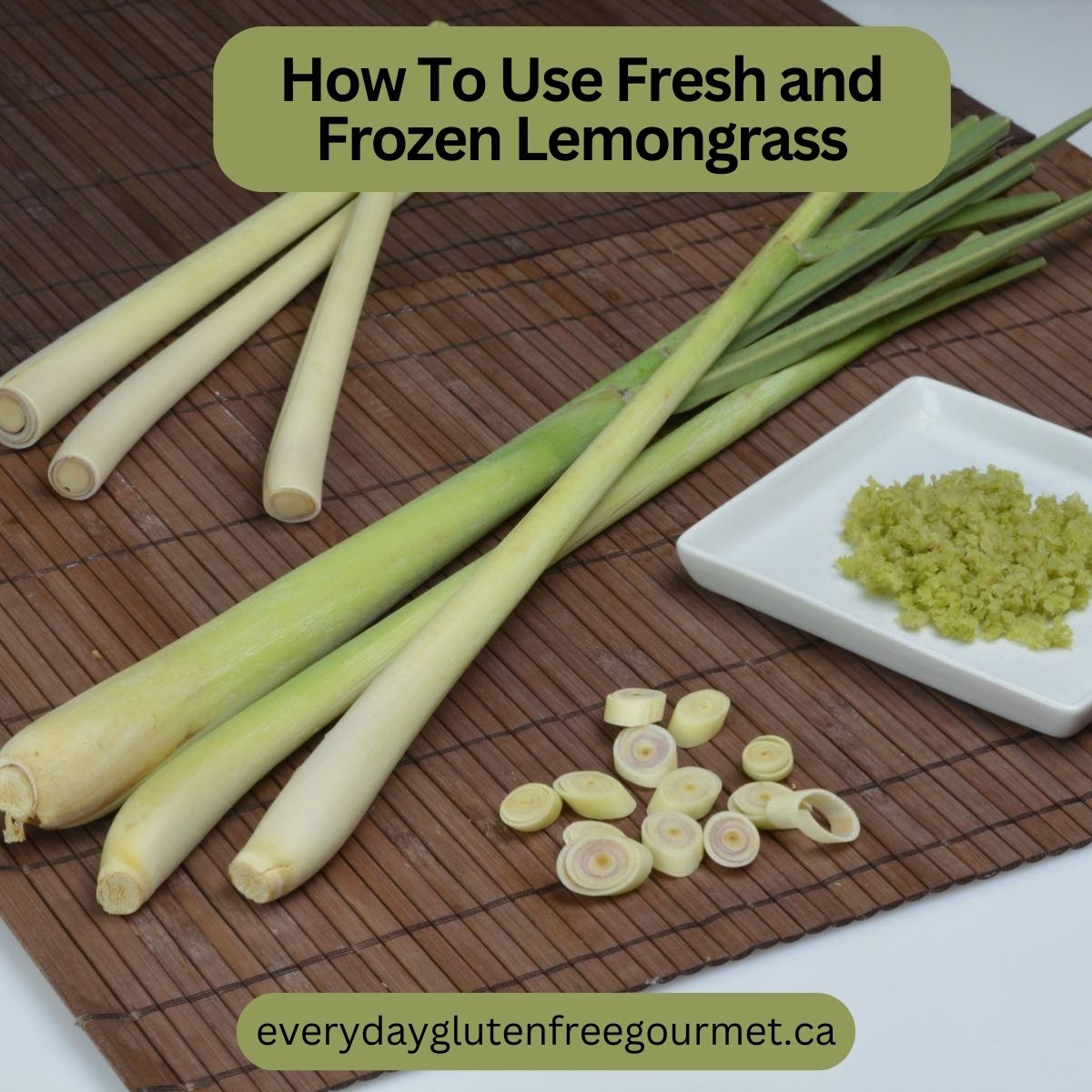
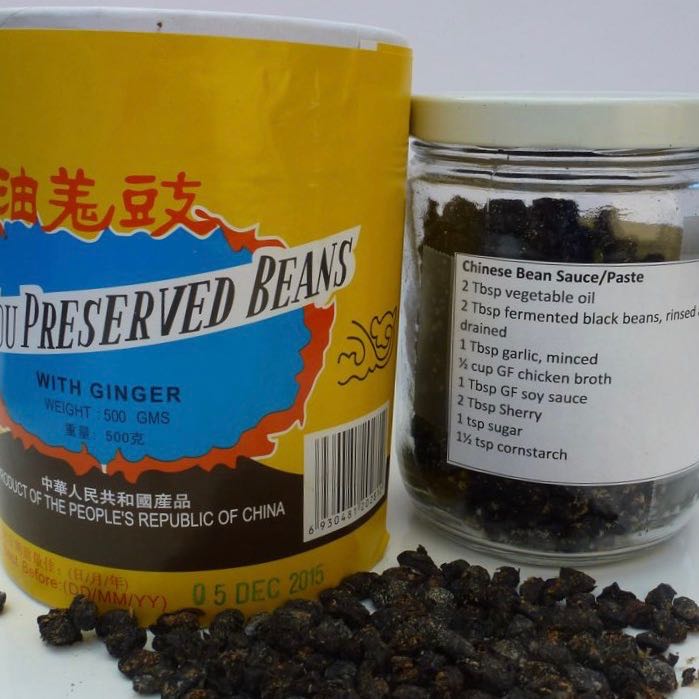
🍞 Gluten Free Grains (10)
- I decided not to include the starches. Corn and potato are on the vegetable list and we’re not trying to get healthier by eating more starch. You can easily get to 30 plants without them.
- My go to flour blend includes millet flour, sorghum flour, sweet rice flour and potato starch. When I had any of my usual baked goods I counted them and did the same with all the flours I ate.
- For the first time I bought millet, the grain. I did a bit of reading and tried it in a pilaf as well as in cold salads and bowls where I typically use quinoa or rice.
- I also bought wild rice for an Indigenous dinner so made a few different dishes with it.
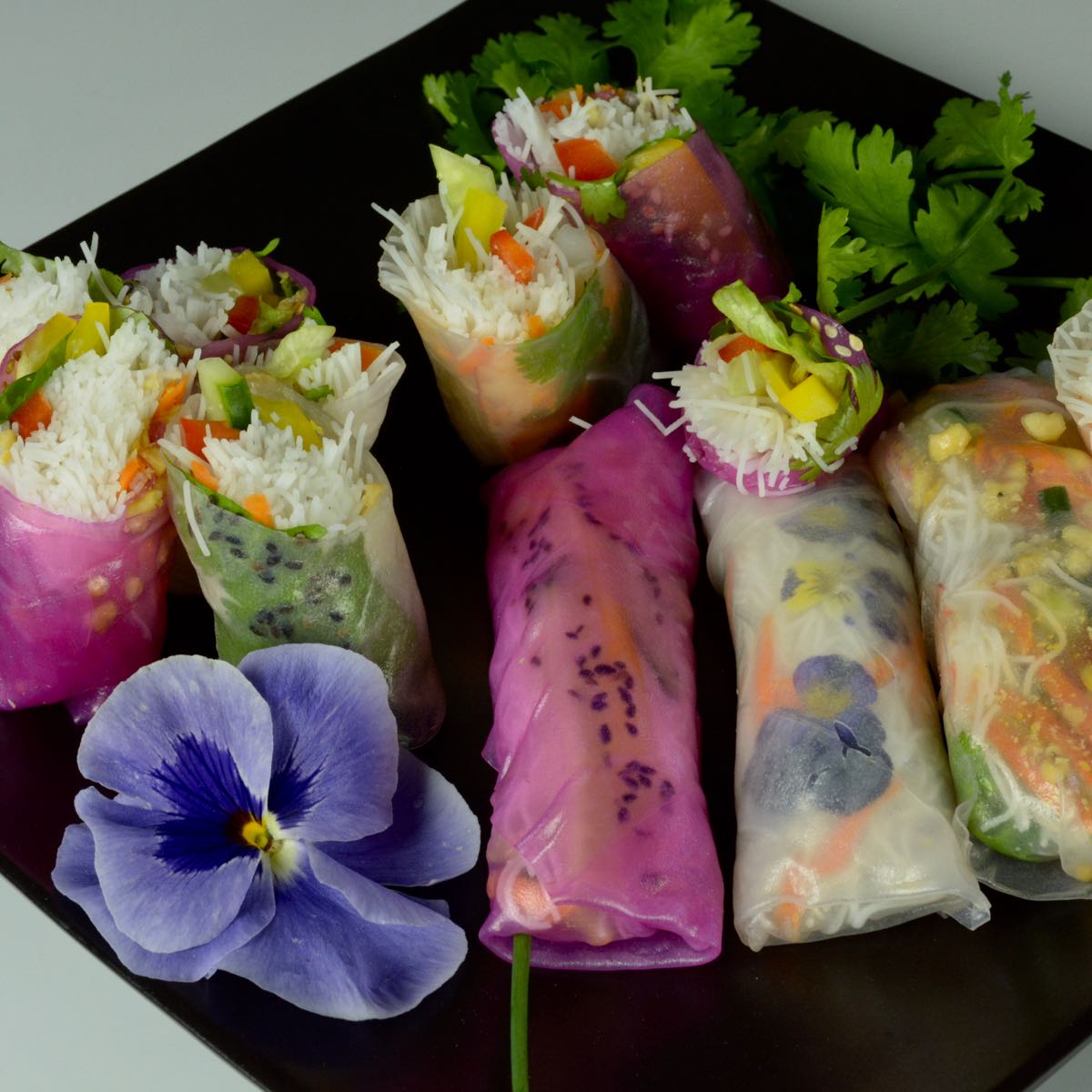
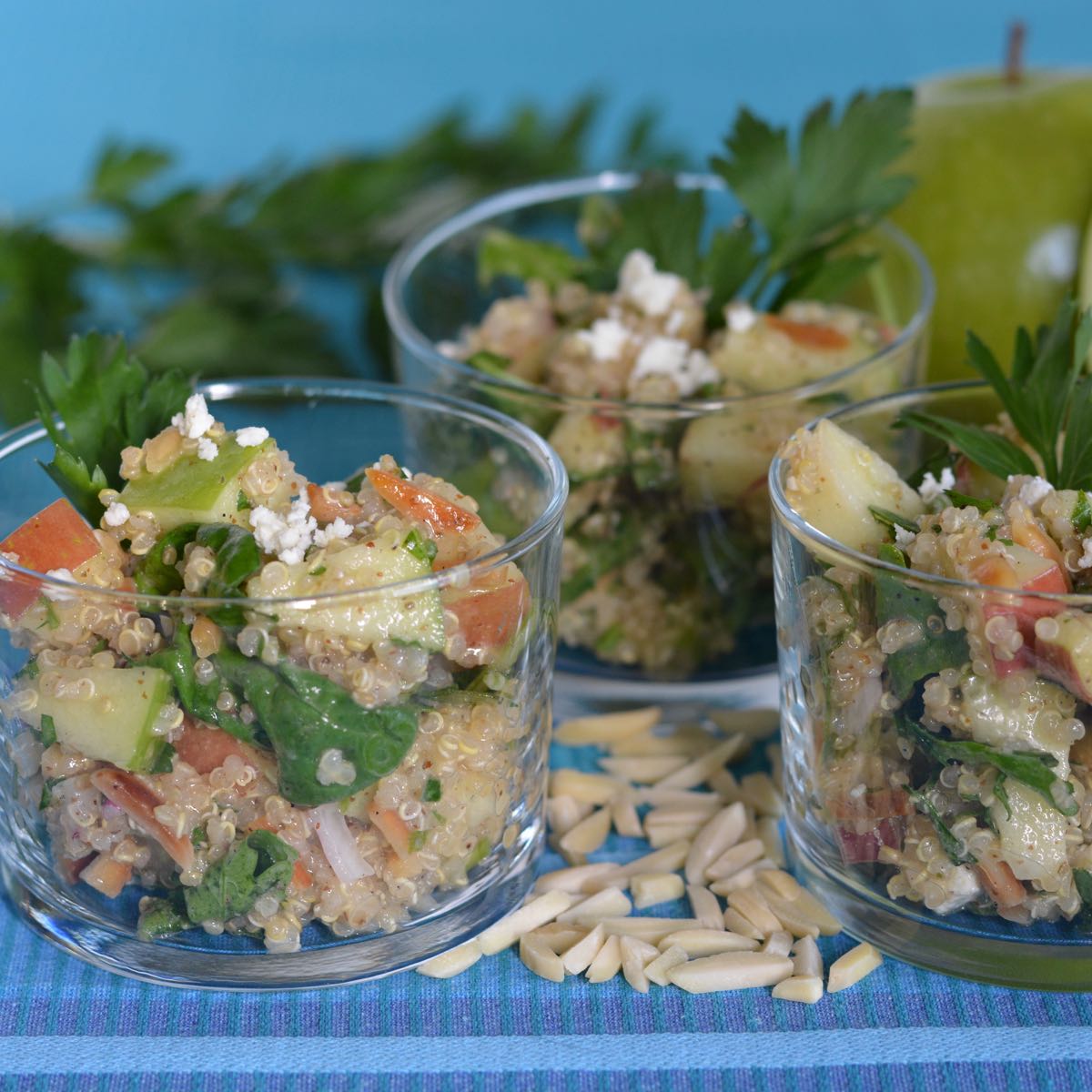
☕️ More Plants (3)
- I focused on the first 3 column of the page but I added this last category for coffee, tea and chocolate.
- We always had fun talking about ingredients. Capers are the bud of a flower so they’re a plant, I use them in my Puttanesca Sauce. Seaweed isn’t a plant so enjoy your sushi but you don’t get a checkmark for the nori.
- Maple syrup comes from a tree but it’s in the sugar category. We know we’re not improving our gut health by eating more syrup on pancakes but count it if it makes you happy.
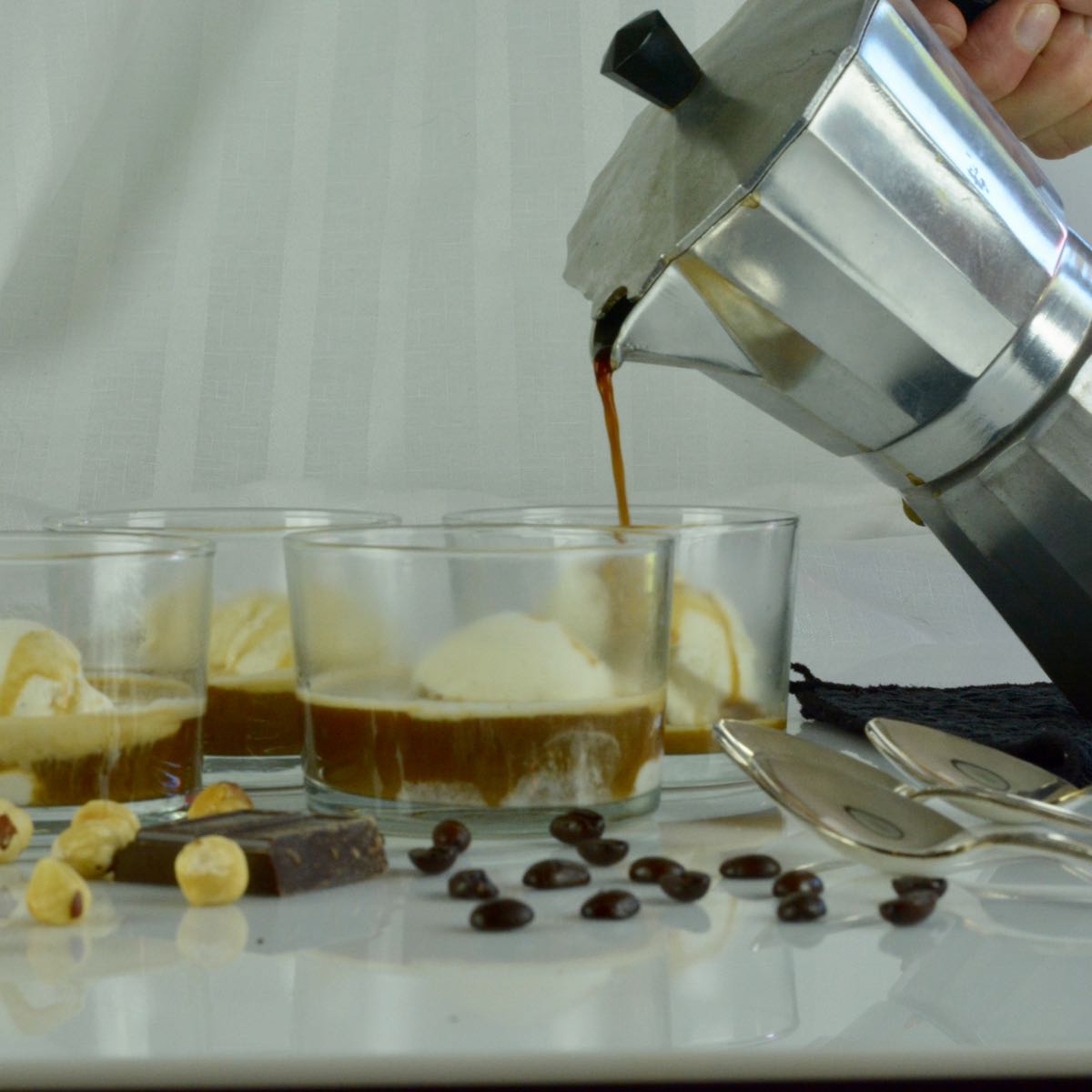
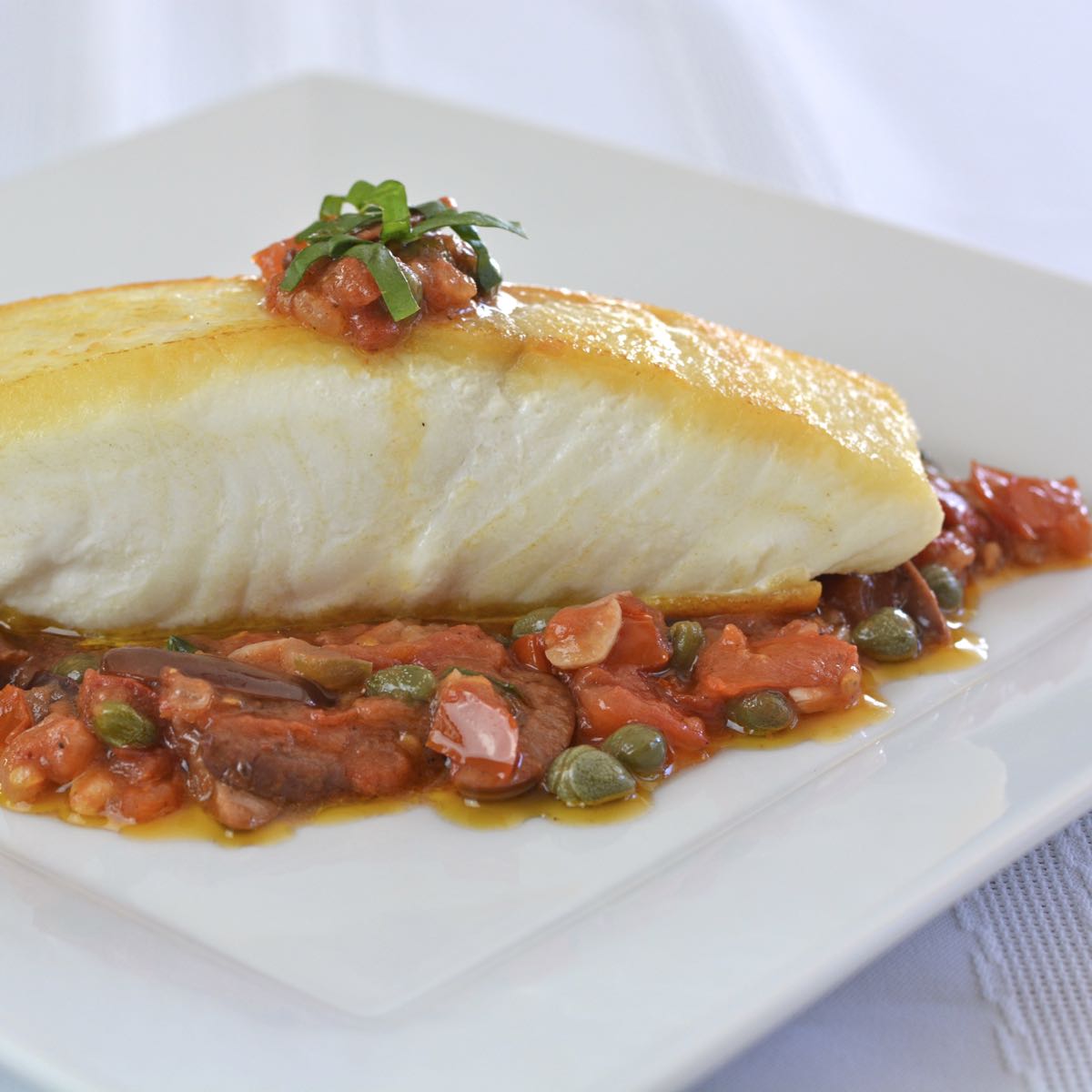
🍽 The Gluten Free 30 Plant Challenge
I suggest you take a week to get a system figured out, make mistakes and start over. Then commit to a month-long challenge. It’s a personal challenge but can be more fun if you’re comparing notes with someone.
There’s no right or wrong way to do this. I think of eating healthier as a lifelong journey so there’s no pressure. Keep learning and improving and have a few laughs as you dissect every dish down to the original plants they started from.
Thanks to Sue Jennett and Mairlyn Smith for their inspiration. You can find Mairlyn's book, Peace, Love and Fibre on Amazon and follow her on Instagram, @MarilynSmith.
__________________________________________________________________________
New here? Overwhelmed or frustrated? Get started with these 29 Tips about GF flour and get cooking. I can help you learn to cook gluten free food everyone wants to eat, and have fun doing it.
🎉 Exciting news! Adventures in a Gluten Free Kitchen, a membership for gluten free cooks, is coming soon. Click to learn more and join the waitlist!
_________________________________________________________________________

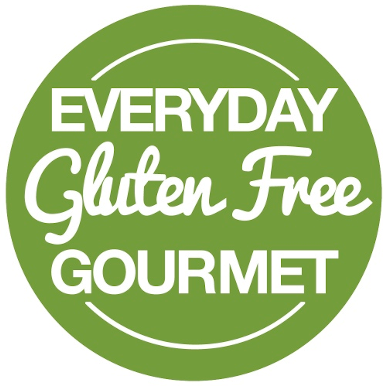
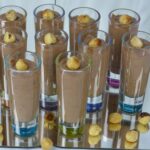

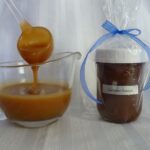

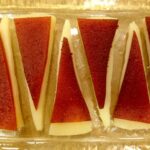
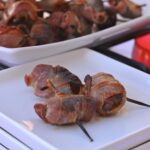
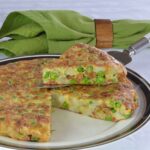


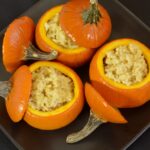
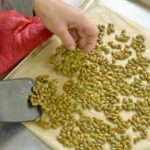
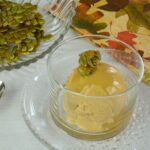

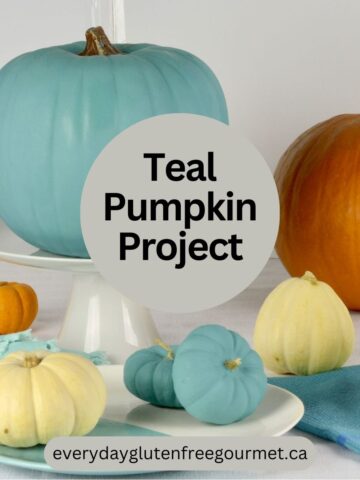
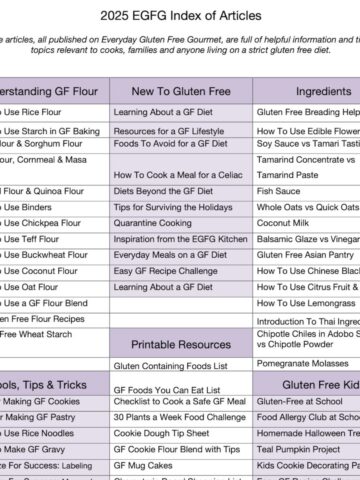


Dalene Mactier
How is nori not a plant?
Cinde Little
I know Dalene, I never thought about it so I was surprised too. Plants technically make their own food through photosynthesis. So mushrooms and seaweed don't meet that definition. Nori is classified as seaweed and mushrooms are classified as fungi. For the purpose of trying to eat 30 plants a week I give you full permission to include both nori and mushrooms in your weekly count. Thanks for being curious.
Leslie
Cinde,
This is an absolutely wonderful idea. I've printed the list and can't wait to see how many plants I check off this week!
Cinde Little
Hi Leslie. I'm glad you printed the plant list and I hope to hear how you made it work for you. Have fun in the kitchen!